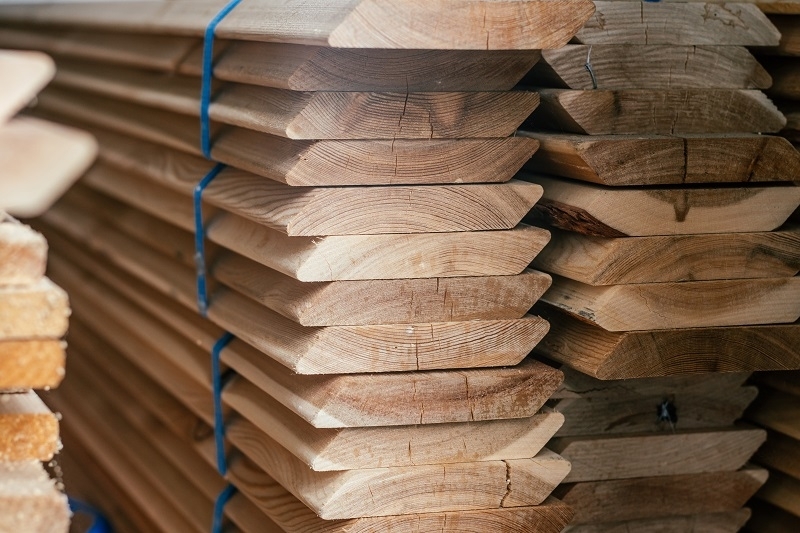Which cladding profile is best suited to my project?
Published: 29/06/22 By: Mike Bekin
Timber is a versatile material. It is used in a huge variety of projects, from residential decking to cladding on large commercial buildings and piles for sea defence. Without timber, the world of construction would be a very different place! As it has so many uses, there are lots of different profiles available which help the wood perform well in different applications. To find out which is right for your project, we have put together a brief look at some of the most common profiles.
Shiplap

Shiplap is common for both domestic and commercial projects. The wood boards have rebates – a type of half groove – on both sides. The rebates ensure the boards can slide together easily, forming a secure, tight fit which prevents water from getting through the boards and building up behind them. Because of this, shiplap was often used to build ships, and it is believed that that is how it got its name.
Nowadays it is usually used as a form of cladding on buildings, and is suitable for both internal and external use depending on the timber species you choose. It is an inexpensive way to panel a wall and fairly easy to install.
However, it is common to see warping in shiplap, especially if installed incorrectly. For this reason, it is usually used only for exterior applications with professional installation..
Shiplap can also be used for:
- Ceilings
- Accent walls
- Wainscotting
- Backsplashes
Tongue and Groove

Tongue and groove timber is similar to shiplap in the way in which it is cut to slot together easily. But rather than overlapping, these planks have a tongue that protrudes slightly along one edge of the wood and a groove on the other side. The tongue of any plank can be fitted into the groove of the next one, creating a strong, secure surface of interconnected timber cladding boards. Again, this creates a tight and secure fit.
Tongue and groove timber is commonly used for flooring and cladding because of its robust nature against water ingression. It is much sturdier than shiplap timber, making it a better choice for projects which will take a lot of strain or are designed to last for many years. You may also see them used for:
- The bottom of chests and wooden boxes
- Cabinet doors
- Panelling
- Tabletops
Feather Edge

Feather edge timber (also known as closeboard) is used mainly for fencing panels, though it is sometimes seen in cladding projects. Rather than creating a flat surface as the above two profiles, feather edges have a clear overlap on every plank, creating the typical feather edge fencing look of many planks overlapping one another.
Feather edge wood is defined by one thicker edge sloping into a thinner edge on the same plank of timber. This makes it easy for the panels to overlap and allows for quick installation and a neat finish.
However, this technique is used for more than its aesthetic appeal. Feather edge boards allow you easily to build fences or clad uneven surfaces, fitting them at the right angle using posts and gravel boards. As gardens are commonly on an incline or decline (depending on which way you look!) this is essential.
The structure also allows the fences to withstand heavy winds. The overlapping boards create a secure structure which is ideal for outdoor use.
Discover More About Timber With EcoChoice
At EcoChoice, we are timber experts. From different profiles to the wide variety of timber species, we know everything there is to know about wood! Keep learning more by reading our blog, or get in touch with us today for help picking the right timber for your project.
Image: JeannieR / Shutterstock.com
